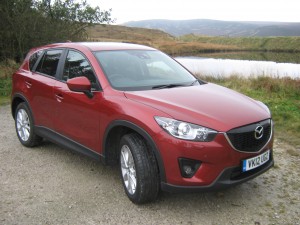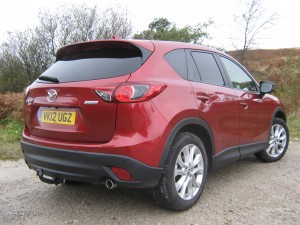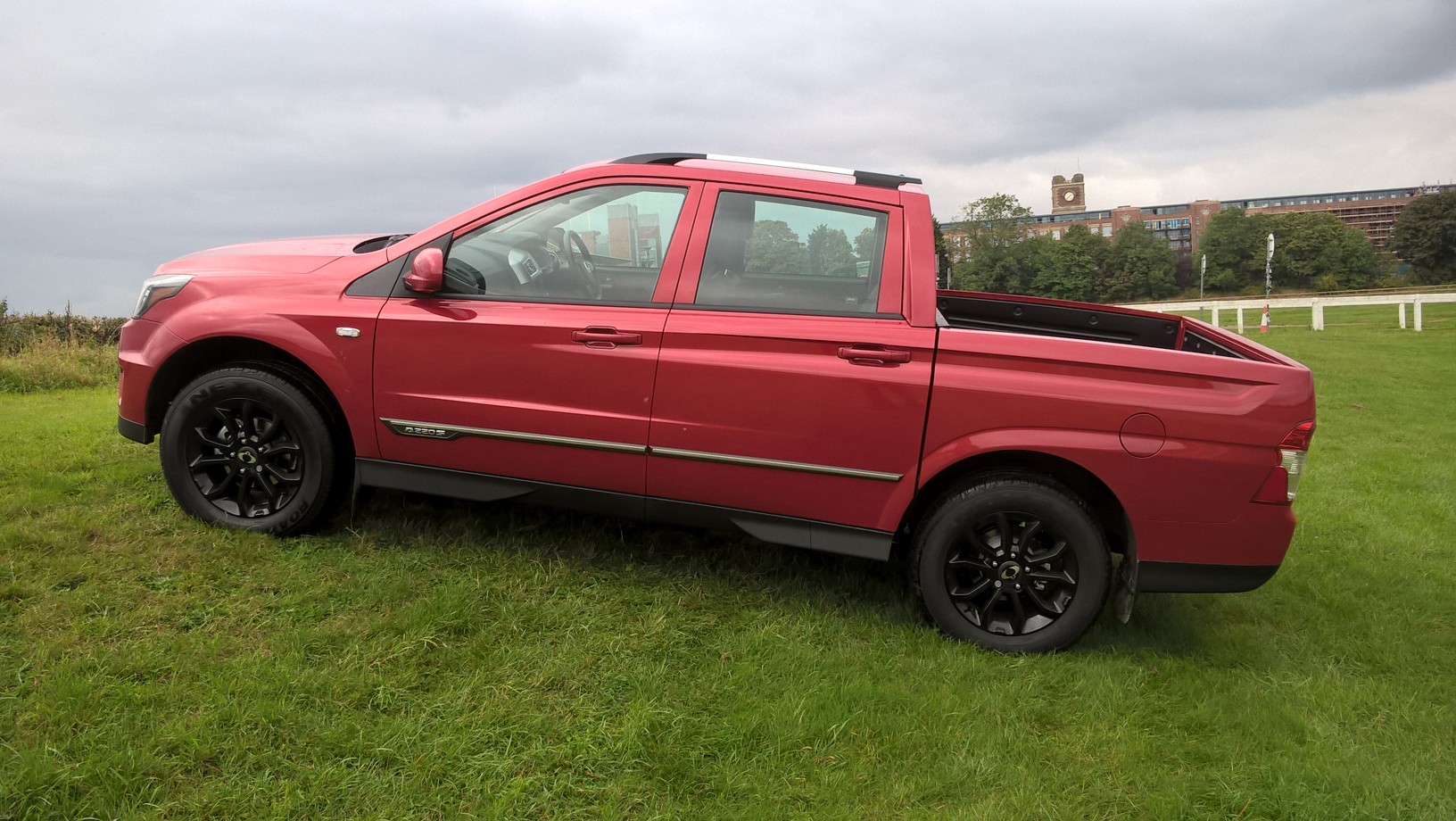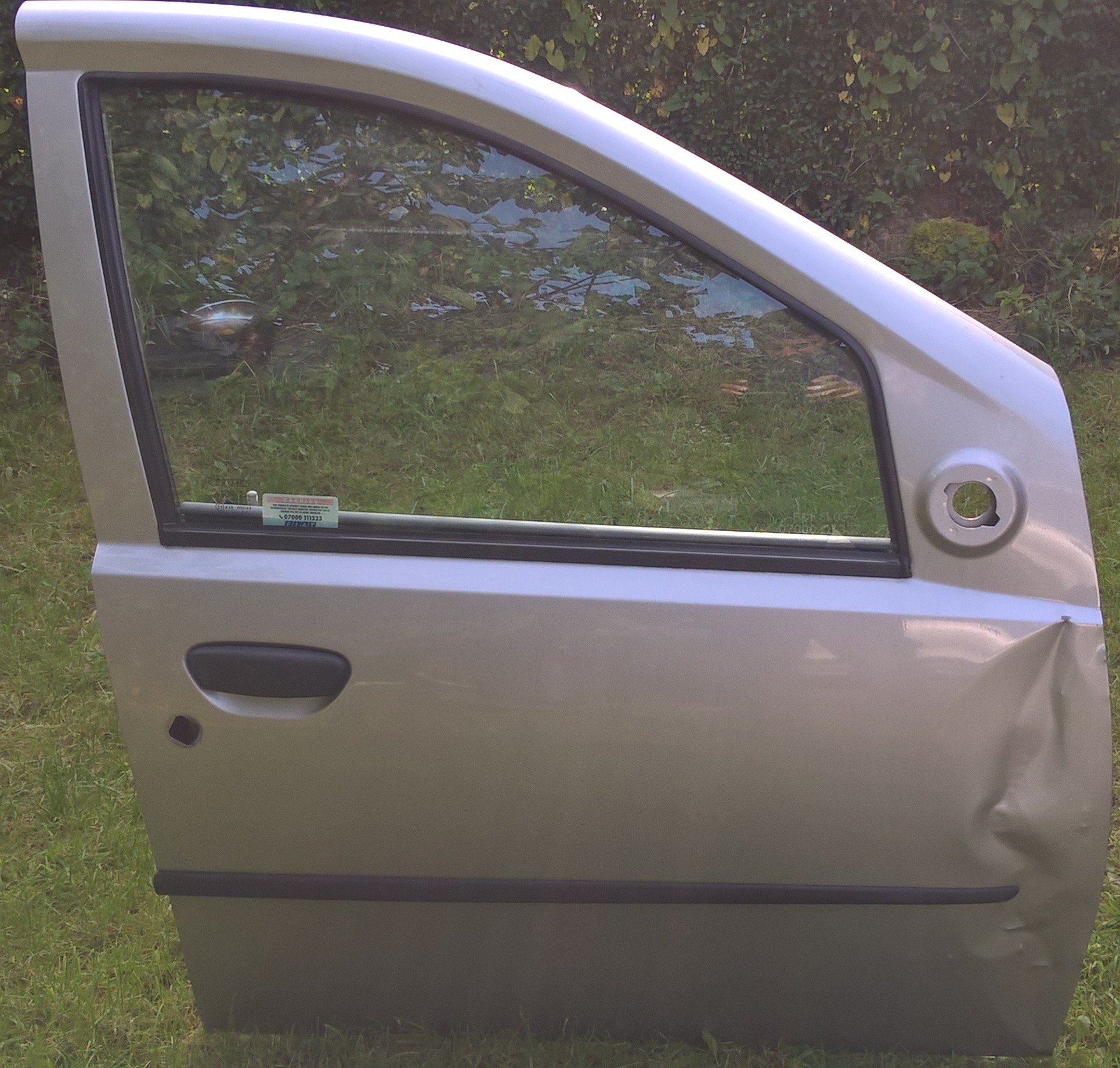‘Crossover’ can be perceived as a euphamism for ‘Sports Utility Vehicle’; ‘Four by Four’ has been replaced by ‘All Wheel Drive’ such are the gas guzzling connotations of the former. All the more confusing now, that Mazda has chosen to label the new CX-5 as a ‘compact crossover sports utility vehicle’ or CMPK CX SUV using acronym-speak. In a lucrative and bulging sector that has spawned niches within a niche, the CX-5 competes with the most popular Nissan Qashqai, the underrated Mitsubishi ASX and sturdy Skoda Yeti, to name but three of their compact genre.

Ever more environmentally-aware car manufacturers are seen to include energy saving componentry which is essential now not only for public perception but for economic viability. For example, the yearly UK road tax charge on the 2.2 diesel (175ps) all wheel drive model is identical to my 1.2 petrol Suzuki Splash at £120 with only 5g/km more emitted by the Mazda, aided by istop technology that turns off the engine when stationary, standard across the range. Furthermore, at an average mpg figure of 42 for the CX-5, there is only 5 mpg that separates them, despite both cars being at opposite ends of the car spectrum. The CX-5 has a zesty feel through the two stage turbocharged 2184cc diesel, ubiquitous as it is the same unit available in the Mazda 3, 5 and forthcoming new 6. Economies of scale et al ensures Mazda’s tact to ensure 2.2 diesel supply ending that frustration of blighted UK launches and belated diesel engine inclusions for the previous Mazda 6 and CX-7 that is now only sold in China. Interestingly, the CX-7 had no more interior space than the CX-5 though the latter is a more appropriate choice on UK roads and won’t attract as much attention or jealousy. With an increased use of high-tensile steel and welding to increase rigidity, the CX-5 like most of Mazda’s range offers an invigorating drive and supple ride on UK roads. On Millbrook’s hill circuit, third gear coped with the majority of slopes with brake dabbing to curtail tyre squeal in the 2.2 diesel although frenetic bonnet wobble alarmed me on the bowl circuit where windscreen and bonnet air currents meet. Compared to the Subaru XV, the CX-5 felt more agile and lithe despite the XV having slightly more mass although I suspect the Subaru would be better off-road, having slightly more ground clearance and stiffer suspension than the CX-5.
[youtube]http://www.youtube.com/watch?v=RLOaDBVP98Q[/youtube]
Head and legroom are ample in the CX-5, cunningly aided by reducing seat runner length on the driver’s seat relative to passenger to ensure more knee and legroom for the passenger directly behind. The middle seat in the 40:20:40 ‘karakuri’ rear seating though, is narrow and would only suit children. Latching the outermost seat into vertical proved impossible on one of the early CX-5s so Mazda’s person (with screwdriver) started to dismantle the locking mechanism and duly stabbed himself in his palm. As others arrived to the rescue armed with bandaids, I made a hasty but discrete retreat from the scene! Storage space could be improved especially with reference to door pockets that get consumed by water bottles with little room for anything else. A pull-out tray could be included beneath the driver’s seat for obligatory iPhones or Kindles and iPods could be plugged into the jack within the centre console betweeen front seats but wouldn’t it be more pragmatic to have a side hinge to allow rear passengers access?
Our four by four, oops – All Wheel Drive model would be ideal with its 2000kg towing capacity (more than the equivalent XV) and added torque of the 175ps version but is not suitable for moderate off-roading as it hasn’t enough mass to press traction down or ground clearance for deeply rutted ground. After a walk on the Malvern hills, girlfriend and mother returned to the CX-5 for me to drive it down a narrow track towards the main road. In the process of coming to the junction, I decided to cut the corner to demonstrate suspension travel of the rear wheels ( I AM a party animal) which must have looked alarming though still appeared to make contact with the tarmac. When turning left, such was the contrast in camber between both roads, that the underside scraped to which my girlfriend’s mother calmly announced, “a car like this should be able to take it”. Later on, with a torch, I got under the rear bumper to survey that a towing socket had been bent back whilst there was a scrape over the left-hand silencer. I duly pulled the socket plate back to vertical whilst girlfriend prayed that collecting driver would not notice said damage. Apologies Mazda, it was done in the art of roadtesting!

Interestingly, Mazda has developed their Smart City Brake Support system as standard fitment for every CX-5 model moreover The Association of British Insurers has reduced every model by two groupings lower than their original insurance ratings. This significant safety aid acts between two and eighteen miles per hour when the majority of low speed accidents occur. It works by a laser detector mounted behind the rear view mirror and pre-fills brake chambers independently to avoid a frontal impact. A cynic such a myself could not resist finding a large empty car park complete with a pile of boxes to test the system. I firstly stacked four of them into one tall pile and coasted at ten miles per hour then took feet away from the pedals; a low pitch indicated by the brakes being applied by the car brought the Mazda to an undramatic stop although not quick enough to avoid the boxes that were knocked down from their stack. Subsequently, boxes were repositioned across two by two and a retest was conducted for … boxes to be flattened. I thought of trying to test with against a car – for one second. One YouTuber commented on that film to say that the system worked for him and enabled an accident to be avoided so I can only assume that it does work – with cars!
[youtube]http://www.youtube.com/watch?v=0pr4yYcyE18[/youtube]
So, would I buy one? On the basis of having driven the 175ps All Wheel Drive diesel 2.2, then undoubtedly yes although I would opt for ‘stone’ instead of black leather as it feels claustrophobic in the back combined with dark plastics and a small airplane-style window in the C-pillar. Our test car is priced at just under twenty nine thousand pounds but the range starts at a justifiable £21,395 for the 165 ps two litre petrol. The CX-5 is for parents who have traded in the RX-8 (now deleted from the UK range) but do not want to sacrifice driveability for practicality. Could RX-8 4 C-CX SUV be a new acronym to more accurately describe the CX-5?
Words, photos and film are copyright of Sotiris Vassiliou
January 2013



